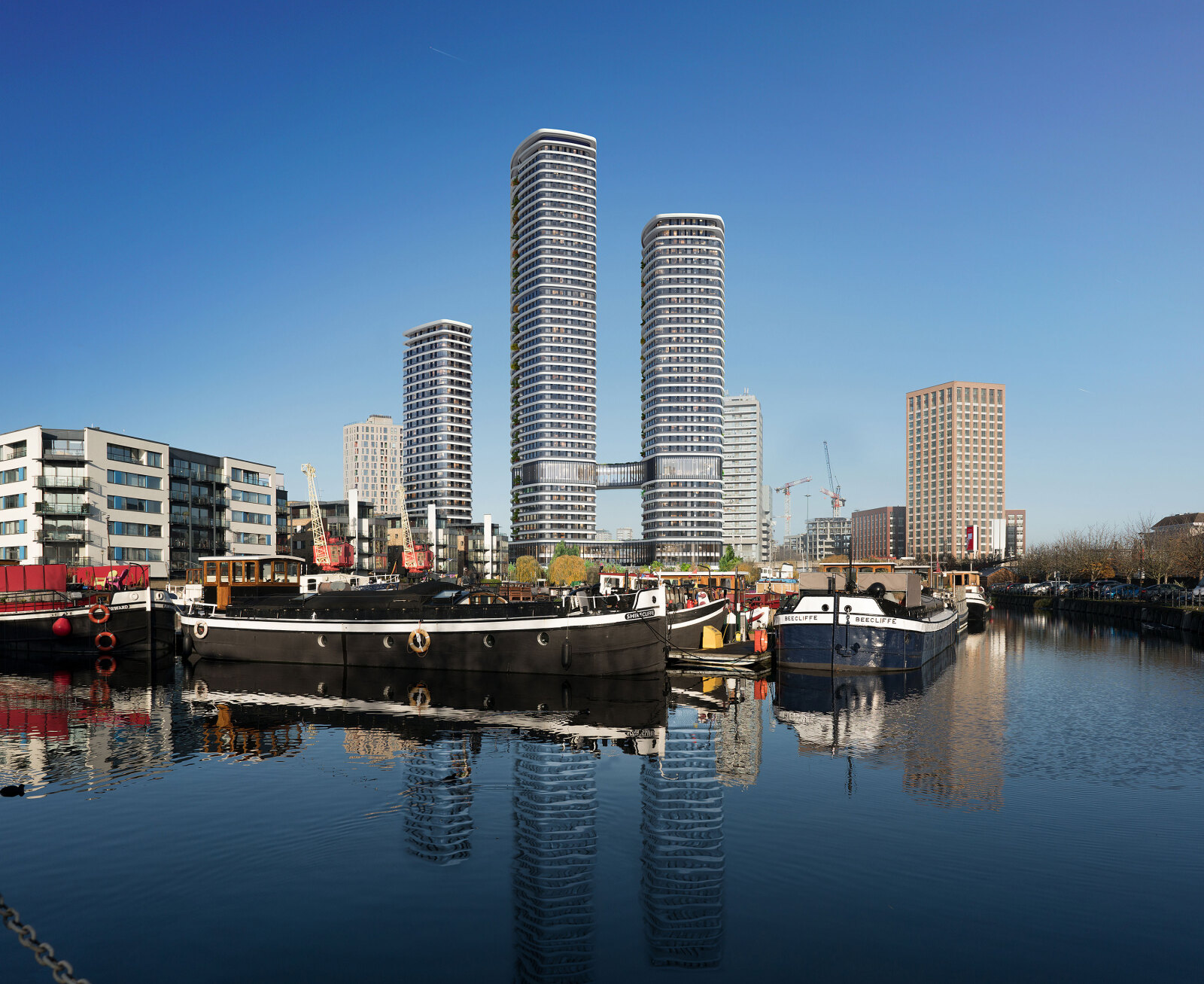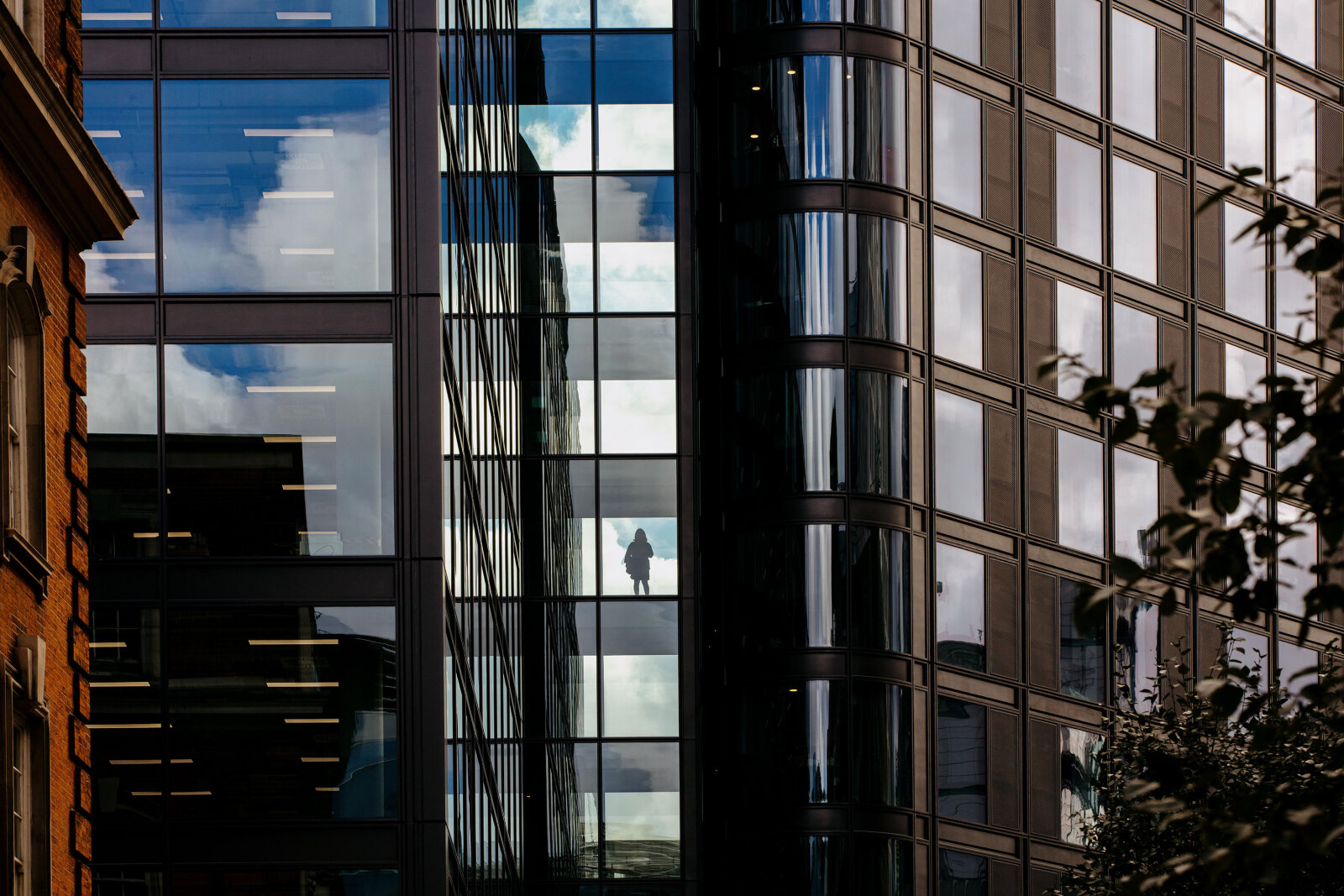
The first three most important aspects are data, data, and...data. Without it we are guessing, many institutions have little more than an infrequent and superficial building condition survey upon which to base decisions. The cost of the estate is second only to salary costs for most universities, it is only through a detailed understanding of the physical condition and potential opportunities for the estate that future demands can be met.
This data is of little use, other than for maintaining the existing estate and maintaining the status quo, unless there is a clear estate strategy that supports the academic and institutional plans. The big questions have become more difficult, here we consider a few of them:
- Income is static, costs rise every year, the universities do not want to, or cannot, borrow any more cash. Do they earn more, spend less, or both?
- How much and what type of space do they really need, and where can we save space?
- Can we generate income from the contraction of our estate or wider use of the facilities we have?
- What will the balance of the blended learning model between on-site and on-campus be, and does this change the facilities we need?
- Is the current cost of HE education sustainable, will programmes be shorter, blended with work and education and how much do the facilities need to change to support this?
- Expectations and competition are increasing, what is going to make us more appealing than the others?
- How can we meet the carbon reduction targets given the existing university estates and the limited money available to spend?
- How can university staff think differently and respond positively to the changes required given often entrenched views?
The biggest question of all is what do students want, are we sure we understand, and how do we deliver?
The pandemic has forced a need for change. Initially, these have been reactive changes to accommodate the health issues of social distancing, blended working, and remote learning against a backdrop, in the last 18 months of changing attitudes. Whilst these were enforced changes, the future shift must now move towards a revised consideration of pro-active change to address the need for an estate campus to adopt to a new way of working. The 'genie is out of the bottle' as far as partial homeworking and online working is concerned, we will likely never return to a time pre-pandemic of all turning up to the same place to work every day, 5 days per week. This is not a bad thing, but change is always a challenge and enforced change for big business such as the university system will always be difficult.

How do you masterplan for an uncertain future?
The problem with some of the larger masterplans is that that they are often expensive to create, unaffordable to implement and out-of-date before the ink is dry on the final version. Any masterplan must have a vision for the ‘big picture’ of where it wants to be when complete. It must be prioritised to achieve the academic strategy and take account of the need of the estate specifically regarding its’ worst buildings. It should be phased into project clusters with clear start and stop points without further project interdependencies. Implementation of the plan must be flexible in timing and adaptable in content to respond to changing needs and the available finance.
Our experience would guide us to:
- Make data driven decisions upon the condition of the building, its cost to maintain into the future and the capacity of the building to accommodate alteration and / or refurbishment to meet the requirements of the universities future planning.
- Consider whether there are wider strategic decisions to be made on the locations of the buildings to generate income from sale, facilitating the creation of strategic partnerships with other organisations and businesses to be brought onto the campus.
- Be clear about how methods of working and study will change for staff and students, what amount, and type of spaces are required. It is likely that physical teaching space and office space will reduce in response to the blend of online and on-campus learning.
It is generally accepted that:
- The campus will have to reduce in size and deliver its programmes differently.
- There will always be the desire for the traditional university experience but there will need to be an alternative that blends work, education, and home to make the offer more financially sustainable.
- All of this requires a smaller, more agile, more flexible campus, enabled by great technology to be capable of rapid reconfiguration for a variety of uses.
What do the surveys tell us?
(Quote sources of HEDQF - Higher Education Design Quality Forum and AUDE – Association of University Directors of Estates)
Finding: Students have missed enormously the shared social experience of the University life they expected for the 19/20 academic year. They do though like the choice of lectures online.
Lesson: If it is a didactic style of teaching and does not offer any real social or learning benefit it should go online. This will free up resources for other uses.
Finding: Student’s value social contact with their peers and value academic contact time with their lecturers.
Lesson: Spend time on campus for high value activities in great spaces. Where project work and contact with staff can be unencumbered by a high lecture physical presence.
Finding: Social distancing has driven the need for meeting outdoors and people have enjoyed this. There is a very strong desire for a variety of wi-fi enabled external spaces, connected to nature where people can work, relax, and meet. Careful design can extend the months in which we can use such facilities and spaces.
Lesson: The spaces between the buildings need be improved, this must be part of the cost of reducing the size of the estates and improving poor-quality external spaces.
Finding: Sustainability is ever higher on the student agenda, and they wish to see leadership from universities and expect to be given information that is both factually useful in regards to the sustainability initiatives being employed.
Lesson: Plan, promote, and engage with students. Furnish them with the right information so that they are able to understand the universities stance on significant issues.

What is the Apt Approach?
We work across a variety of diverse project sectors, with extensive experience of purpose-built student housing (PBSH) with both the providers and universities themselves.
We have spent considerable time over the last 18 months researching and listening to the changing requirements of students, from the accommodation itself, through to the wider campus and the overall student experience. Our role as architects is to assist in the provision of good design, whilst using our skills to reconsider the role of the masterplan and the need for building efficiencies. Within university estates a recognised challenge will be to reinforce the connections between the internal environments and nature, to make space more adaptive, allowing for social interaction within an environmentally comfortable ‘wrapper’.
We believe that good design can only emerge from effective briefings that address difficult decisions related to the future of existing buildings. There has been a lot of recent ‘noise’ related to a sustainable building agenda, ‘giving an old building a new lease of life’ and that the repurposing of existing buildings should always be the first design consideration. There is a strong logic to this, but it also needs to be recognised that repurposing existing buildings can pose significant challenges, as refurbishment does not always lend itself to the highest sustainable assessments. The role of the architect and wider design team most of all, will be to collectively navigate these obstacles to find solutions that best suit our client and the building’s needs for now and into the future.
Ending on a positive note, the good news for universities is that the students still believe that there is a significant benefit to campus education, but that change is required, and the institutions will need to listen and adapt.
It is crucial for universities to think creatively in how to invest in their estates but to also reconsider the planning principles of these, the architects role in helping with this will be more important now than ever before.
This article was published as the cover story in the Autumn Edition of Campus Estate Management Magazine - Page 4 - Link Here.









